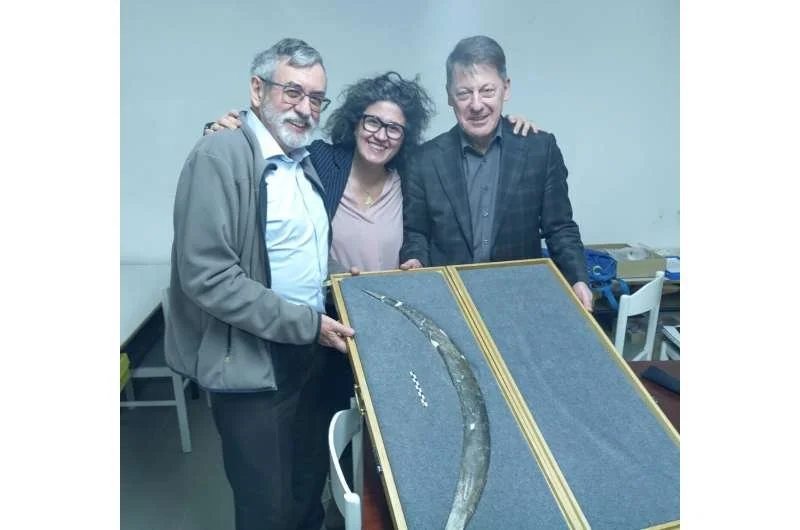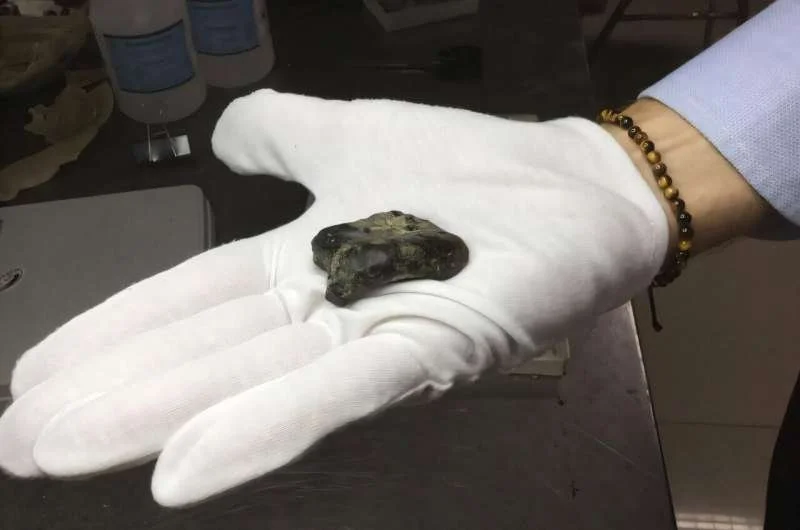BY THE ARCHAEOLOGIST EDITOR GROUP
Since originating in Eurasia, modern man (Homo sapiens) has evolved in accordance with the climatic and geographic conditions of the regions where he was discovered. The skills of agriculture and the domestication of animals were discovered thanks to his growth in the Anatolian and Mesopotamian regions. The surrounding areas started to see this progress. The western shores of Asia Minor, Cyprus, the Aegean, Crete, Greece, the Italian peninsula, and other places formed a road of civilization for the agricultural revolution of the East.
All specialized scientists today acknowledge this course of development (anthropologists, archeologists, archaeobiologists, etc.). The "flow" of new cultural aspects like knowledge, techniques, instruments, terminologies, etc. was slower than it is now. The early inhabitants of the Greek region were caught up in it like a "'wave," since it was slow and appropriate for the tools and circumstances of the time. Clearly, it was the population that existed on the Greek mainland and in the Aegean before the later Greeks from the northeast arrived, which the Mycenaeans referred to as Pelasgians.
As for the Stone Age in Crete, according to the evidence so far, there is clear evidence of the presence and activity of modern man in the period between 6100 and 5700 BC (Knossos, pre-Ceramic period; see History of Crete by Detorakis). According to the findings, people of this period apparently knew how to cultivate cereals and kept goats, sheep, pigs, and cattle. That is, the knowledge of these activities was acquired and apparently came from the sea.
This means that the people of Crete had permanent residences and were engaged in agriculture, animal husbandry, and the sea. Since the distances to the Aegean islands were short, there was communication with the coasts of Asia Minor, Cyprus, and the Eastern Mediterranean.
As far as the tools of this period (Neolithic) are concerned, the main materials used were river stones, bones, and wood, and for the houses also bricks, stones, and wood. However, it is noted that besides the settlement sites, there are also activities (dwellings, etc.) in caves, as in Miamou, Eileithyia, and Akrotiri in Chania.
In general, since then, these conditions and the way of life have been improved and enriched with new methods and new tools (e.g., the ceramic wheel). In the following phases, and during 3000 BC, copper appeared, which means that a new development comes with growth in all areas. The next period is the one called the famous Minoan civilization, that is, the civilization of the people of Crete in the Bronze Age.
According to all the evidence available so far, Crete was inhabited at that time by modern people, of whom it is not known when and from where they came but who had contacts with the whole Aegean, Asia Minor, Cyprus, Western Asia, and Egypt. It is the main representative of the "Sea Peoples" as described by the Egyptians with their hieroglyphics.
Communication by sea, of course, requires suitable ships, experienced seamen, knowledge of geography, navigation, weather, and climate conditions, but most importantly, they acquired the ability to communicate with other cultures (in other languages) and to transport goods to and from Crete. In this whole process across the sea, they have acquired enormous knowledge about the development of the other civilizations of the region, and Egypt in particular, which they now not only carry back but also spread throughout the region.
All these activities, of course, lead to considerable wealth that lands on Crete and promotes the development of life and society in all areas. The archeological excavations of the last century brought to light the famous Minoan palaces, the famous mansions, the farmhouses, the religious caves, the summit sanctuaries, the harbors, and the tombs.
All these are elements of a civilization of the second millennium BC with incredibly advanced features in construction, architecture, pottery, painting, metallurgy, sculpture, social organization, legislation and law, the status of women, the family, the economy, agriculture, and animal husbandry. Among the most important for modern man were the first writings (hieroglyphics and Linear A', which could not be read accurately, and later Linear B', on clay tablets).
A miracle of social, economic, and cultural organization and development in such a distant time The most important element of Minoan civilization, however, was its extroversion, that is, the adoption of every new idea and development encountered by others with whom it had contacts and its simultaneous spread throughout the region. Since the main activity of the Minoans was maritime trade in the Mediterranean, in order to secure their rule in the region, they founded port facilities in many areas outside Crete, in the Cyclades, in Palestine, in the Italian peninsula, etc.
These places were trading bases and, at the same time, places of cultural diffusion and development. In short, the Minoans were the ones who acted as a significant influence on modern human technological and cultural development. There were other contemporary or earlier civilizations in the eastern Mediterranean, west Asia, and Egypt.
But all of these civilizations were introverted; they had to deal with each other and even conflict because they were land civilizations and communication was over land or rivers. The Egyptian advanced civilization was in Africa, and the Egyptians did not trade across the sea. This area was ruled by the Minoans.
They were the maritime rulers of the Bronze Age in the Eastern Mediterranean, the transporters of products, ideas, arts, and tools—that is, in principle, the owners of the knowledge of any innovation and its dissemination. But they applied every innovation in their lives in Crete—in architecture, in art, in agriculture, etc.
The palaces at Knossos, Phaistos, Mallia, and Zakros, when discovered by archeologists, left everyone who studies history and culture speechless. The architecture, the organization, the storerooms, the water supply, the drainage, the ventilation, the paintings, the frescoes, the ceramics, the theaters, the streets, the clothes of the men, but especially of the women, which were impressive, the tools, the ceremonies in the palaces, the bull pits, the vaulted tombs, the sanctuaries on the summits, and many others still impress those who come into contact with them, either in the palaces or in the museums, which are filled with works of incredible beauty and perfection.
This civilization of the Cretans of the Bronze Age, the Minoan, was the first European civilization on which was based the miracle of the Greek civilization of the next era, which in turn evolved into what ended in European and global culture through the Romans.
We can highlight some important elements that contributed to the development of this culture in this particular historical period as follows:
Crete's location in the Eastern Mediterranean, but also its geography (large, long, narrow island, with extensive coasts, varied landscapes, large mountains, plains, many caves, etc.).
The temperate and healthy climate of Crete after the last ice age, an area with four seasons, a very diverse flora (olives, cereals, vines, etc.).
The characteristics and the psyche of the Cretans of that time (gentle character, restless spirit, industriousness, love of life and nature, etc.), characteristics that experts associate with dolichocephalism (the analyses of the skeletons found from that period assign the Minoans to this anthropological type), are, however, in all likelihood, elements reinforced and developed by the particular conditions of Crete (geographical position, proximity to others, climate, nature, social and cultural conditions, things that are, moreover, interconnected and mutually reinforcing).










